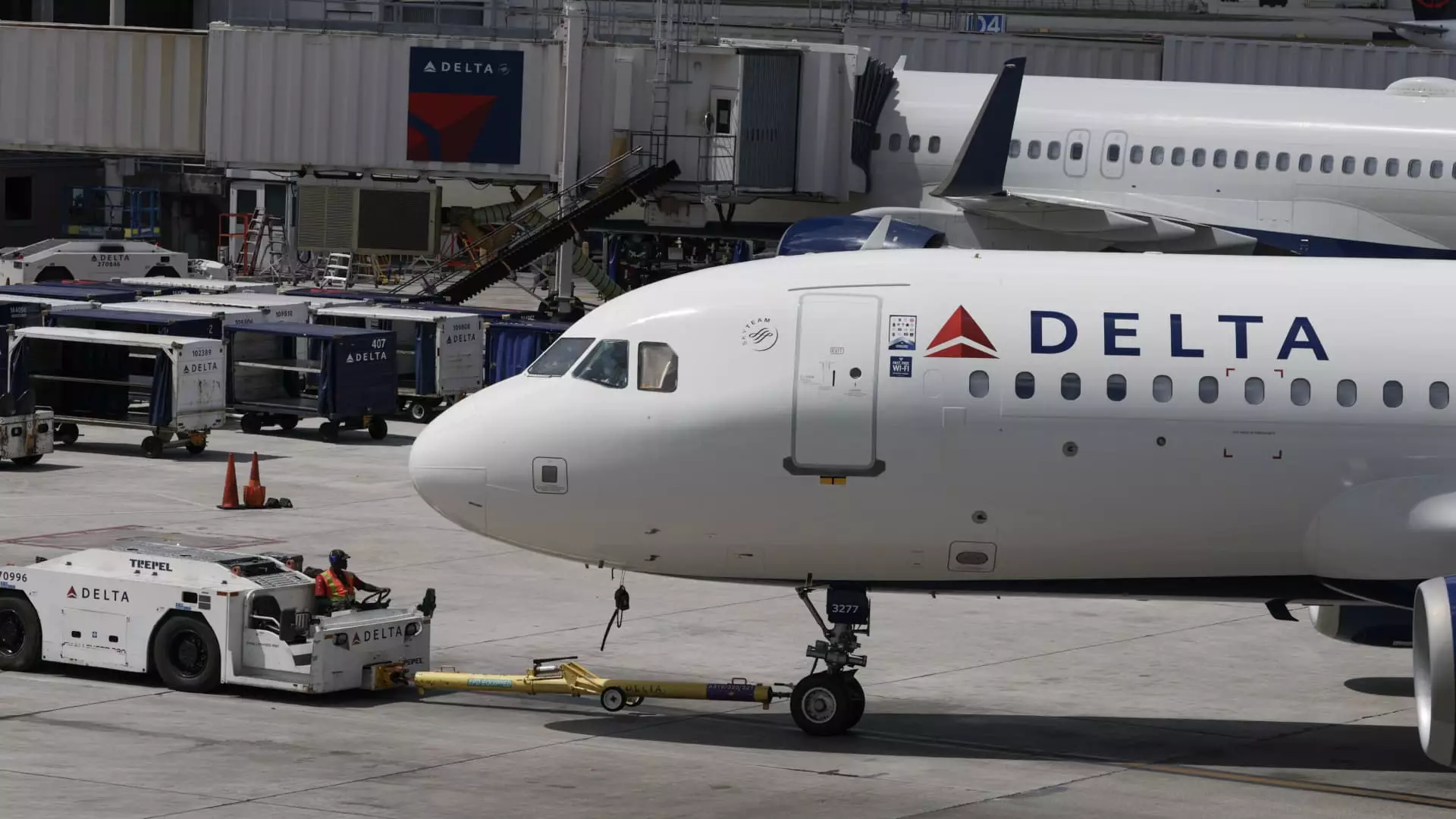The recent surge of the S&P 500 to historic heights, soaring more than 25% from its April lows, creates an illusion of unstoppable economic momentum. This dramatic rally is often interpreted by market bulls as a sign of resilience and recovery. However, beneath this impressive veneer lies a sobering truth: much of this ascent is superficial, driven by speculative fervor rather than genuine economic fundamentals. History has shown that markets rarely ascend in a straight line, and when they do, it’s rarely sustainable. The current rally, though visually impressive, masks underlying vulnerabilities—overleveraged sectors, inflated valuations, and a complacency that could prove costly when reality bites back.
Selective Performance: The Case of the Airlines
While the broader market reaches new peaks, not all sectors partake equally in this bullish frenzy. Take the airline industry, for example—still languishing over 25% below their February highs despite the broader rally. The discrepancy highlights a dangerous divergence: the market’s optimism has failed to lift every boat. Airlines exemplify the disconnect between perception and reality; their underperformance suggests that investors harbor doubts about the sustainability of the recovery. Many analysts argue that airline capacity is growing faster than actual demand, a classic recipe for price wars and diminished profit margins. The cautious optimism regarding falling fuel costs, which might boost profits, is tempered by rising wages and increasing competition, which threaten to erode any marginal gains.
The Hidden Risks Behind the Surface
Beneath the surface of this rapid ascent are mounting risks that many overlook amid the hype. Fuel costs have declined, offering some relief, but rising labor expenses threaten to offset these savings. The prospect of slower-than-expected demand, especially in high-capacity sectors like air travel, indicates that the market may be overestimating the strength of the recovery. Investors chasing after seemingly undervalued airlines are falling into a trap—under the guise of a “cheap” valuation lies a continued struggle for profitability. Meanwhile, the options market is pricing in significant volatility, implying expectations of sharp moves in earnings, which could turn sour if sentiment shifts even slightly. The complacency masked by the market’s broad gains neglects the fragility of sectors like airlines, which are incredibly vulnerable to macroeconomic shocks, regulatory changes, or unforeseen downturns.
The Illusion of Opportunity in the Current Climate
Despite the media narrative of a bullish victory march, savvy investors should question whether this rally is anything more than a carefully stitched fabric. The temptation to take advantage of perceived undervaluations, like airlines or other cyclical sectors, often leads to shortsighted decisions. The recent underperformance of specific industries should not be mistaken for genuine value—rather, it may reflect deep-seated structural issues that could worsen under adverse conditions. The notion of a safe, rewarding bet in this environment is increasingly questionable. As the market’s optimism gets baked into lofty valuations, the potential for disappointment grows. An aggressive stance like a calendar spread on an airline stock might sound appealing, but the risks associated with misjudging the timing and magnitude of corrections are substantial.
The Danger of Unquestioned Market Momentum
Ultimately, the current market rally exemplifies how easy it is to get caught up in a sugar-coated narrative that promises prosperity but often delivers a starkly different reality. The bullish momentum, while enticing, should be approached with caution and skepticism. A critical perspective reveals that markets are often driven more by psychology and herd behavior than by sound economic fundamentals. Investors need to challenge the optimism, recognize the overvaluations, and understand that the path of least resistance is frequently fraught with treacherous pitfalls. The ascent, no matter how spectacular it appears, should not blind us to the potential for a swift and painful correction—especially when underlying vulnerabilities are ignored in the pursuit of short-term gains.


Leave a Reply